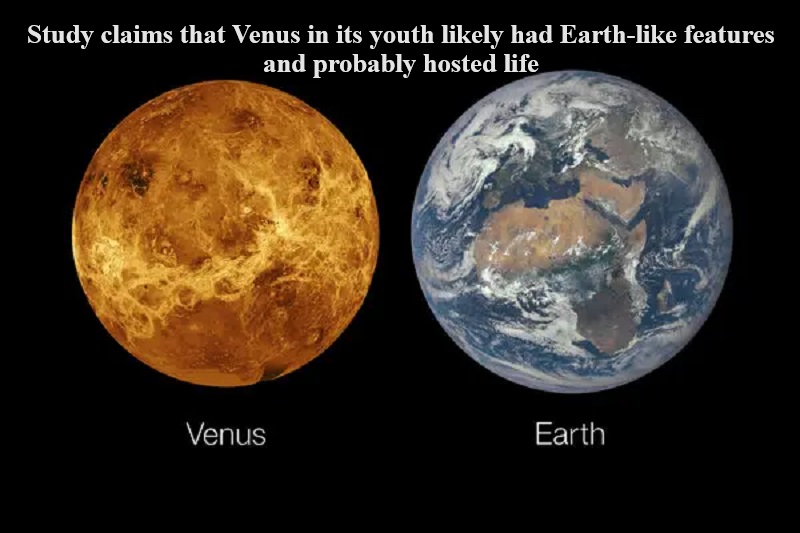
Venus, in its current state, bears little resemblance to Earth. However, a recent study has unveiled that in its earlier existence, Venus might have shared some Earth-like characteristics. At present, Venus is known for its extreme temperatures and clouds laden with sulfuric acid, making it a hostile environment.
Nonetheless, a study published in the journal Nature Astronomy suggests that in its youth, Venus may have exhibited features similar to our planet, including the possibility of plate tectonics.
This research, led by Matthew B. Weller, a planetary scientist at the Lunar and Planetary Institute in Houston, indicates that both Earth and Venus likely experienced plate tectonics during a comparable period.
Reports citing the study propose that geological processes associated with plate tectonics might have sequestered a substantial amount of the carbon dioxide that is now responsible for Venus’s scorching conditions.
Could Venus have been a potential haven for life? According to Dr. Weller, this revelation opens up the possibility that billions of years ago, Venus could have been a place where life might have flourished.
The presence of plate tectonics suggests that Venus would have been “cooler, and there would have been more liquid water,” as explained by Dr. Weller.
Instead of examining visible surface features such as the San Andreas fault, the researchers focused on the atmosphere’s composition, particularly nitrogen.
When rocky planets like Earth and Venus form, nitrogen becomes trapped in minerals. However, during volcanic eruptions, these minerals melt, breaking chemical bonds and releasing nitrogen into the atmosphere, where it becomes retained.
Dr. Weller clarified that nitrogen serves as a diagnostic tool for unraveling a planet’s tectonic history.
To arrive at their conclusions, Dr. Weller and his colleagues from Brown University and Purdue University utilized computer simulations to investigate two tectonic models.
The first model, referred to as “stagnant lid,” is applicable to celestial bodies like Mars and the Earth’s moon, where the outer crust forms a solid and immobile shell that traps most gases below it.

Post Your Comments